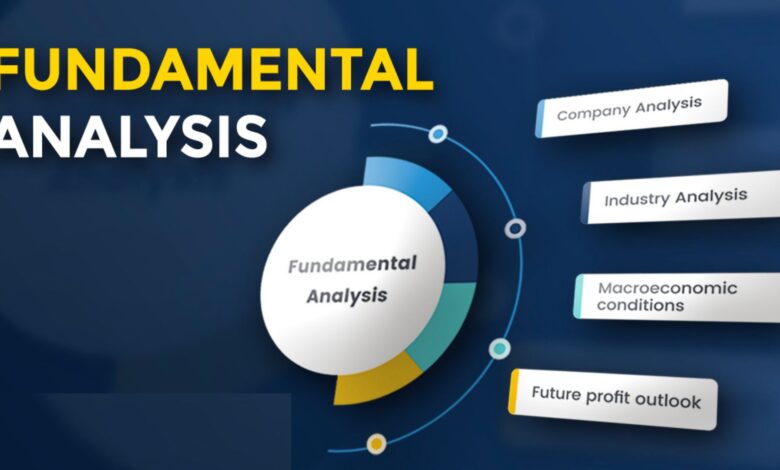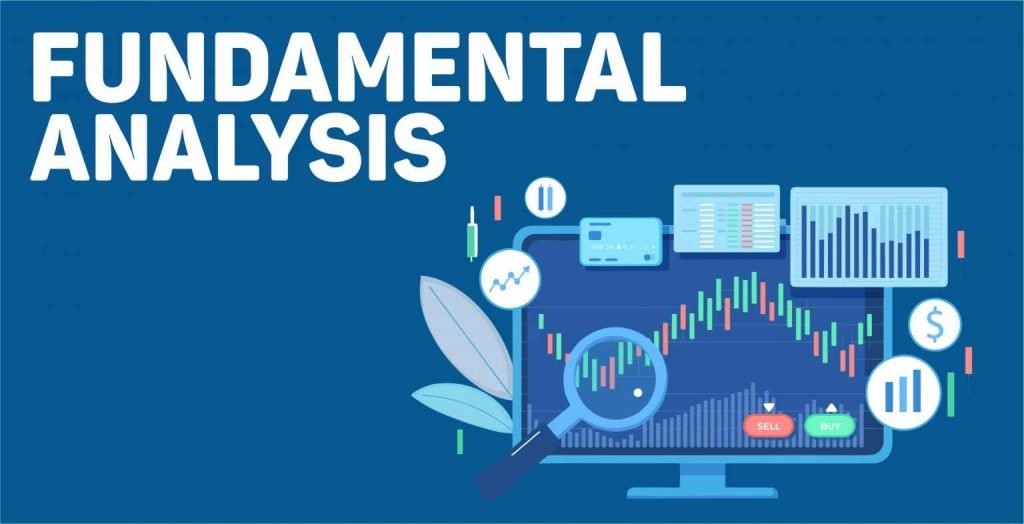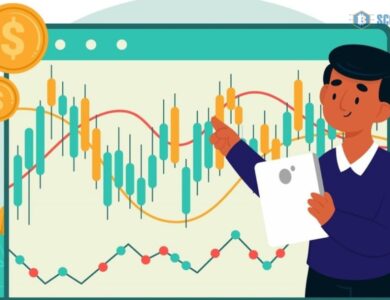
How Does Fundamental Analysis Work in Forex?
How Does Fundamental Analysis Work in Forex? In the prior lesson on the fundamentals of forex trading, we mentioned fundamental analysis as one of many forex analyses.
What is Fundamental Analysis?
Fundamental analysis seeks to understand the effect of outside forces on an asset’s value. Regarding foreign exchange, fundamental analysis delves into the factors that impact the price of currency pairs. The study aims to grasp the external variables that can influence currency prices and the probable direction in which these factors will push the price of currencies. Anything potentially affecting a specific asset’s value model is considered a market driver. Different asset classes have other types of market drivers.
Think back to the COVID-19 pandemic of 2020 to understand market drivers. When countries instituted lockdowns, people stopped going to work and stayed home. But when people aren’t putting in any effort, the business comes to a standstill. Most currency pairs saw a price decline, which was not unexpected. Why? For the simple reason that a country’s economy determines the value of its currency.
Goal of Fundamental Analysis
Fundamental analysis is the way to go if you want to find opportunities in the forex market by looking outside the box. You should be able to deduce whether the external causes will cause the currency pair you are trading to move higher or lower in price. You could assume that a sharp increase in the US unemployment rate would harm the US economy. Because of this, you think the US dollar would lose some of its value.
You would purchase the currency if the dollar is the quoted currency for the Euro/USD pair. Why? The reason is that you anticipate a decline in the dollar’s value, making it more expensive to buy one Euro. You will, however, be selling for a pair in which the dollar serves as the base currency, such as USDJPY. Why? For the simple reason that you anticipate a smaller amount of JPY is required to purchase one USD, One of the most crucial things to remember about market drivers is their ability to cause significant fluctuations in exchange rates and increased activity in the forex market.
Common Forex Market Drivers
If you plan to delve into fundamental analysis, here are some familiar market drivers you’ll need to stay ahead of.
News
There are typically two ways that news is presented: scheduled and breaking. Press conferences and the annual G-7 Summit are examples of planned news events. Contrarily, items on breaking news are entirely unexpected. Terrorist attacks, election outcomes, and the start of a pandemic are all examples.
Any country’s currency can respond to breaking news, and many forex traders employ news trading. If you’ve ever spent a week in front of a forex trading screen, you’d know this. That’s why most forex traders look for ways to get a live news feed, such as the economic calendar provided by HowToTrade.
Economic Indicators
Publicly available government economic reports are one of the most crucial parts of fundamental research for foreign exchange (Forex). Central banks, government agencies, and private research companies compile and publish these studies, which cover both the macro and micro levels of the economy.
The primary goal of releasing economic statistics is to inform the public about current financial situations. This is accomplished by making use of several economic indicators. Foreign exchange market participants place a high value on several economic indicators, including GDP, the CPI, and non-farm payrolls (NFP).
Economic data plays a crucial role in fundamental analysis, and currency trading is no exception. Active traders can predict currency movements by analyzing a country’s economic performance. These reports provide a wealth of information on a country’s financial health in the long run, even though the short-term market response to economic indicators isn’t always predictable.
Monetary Policy
Monetary policy refers to central banks’ measures to promote price stability, full employment, and economic expansion. They are a tool for national central banks to manage the money supply in their country. Regarding the fundamentals of the foreign exchange market, monetary policy is paramount. Listen up when central banks speak! Trust us on this one! An immediate increase or decrease in interest rates, loosening or tightening credit, or implementing emergency measures can cause the value of any currency to rise or fall rapidly.
Fundamental Analysis Pros and Cons
Trading fundamental analysis has benefits and limitations. You may want to consider all factors before deciding which option to trade every time.
Pros
Some of the benefits of fundamental analysis are.
- Fundamental analysis gives investors and traders the requisite information and updates to make a trading decision based on financial data, news, and other market drivers.
- Fundamental analysis will benefit longer-term traders because it is the best way to predict the long-run exchange rates of currency pairs.
Cons
Fundamental analysis also has limitations. Below are some of the challenges traders usually encounter when using it.
- Fundamental analysis sometimes takes a lot of time to conclude. Analysts would always have to dissect different areas of the economy and available data to synthesize useful information for trading. The entire process of arriving at a decision can sometimes be hectic.
- Also, fundamental analysis takes a broad view of the market dynamics and checks what price action does in the long term. This makes it unsuitable for short-term traders who want to profit from tiny market movements.
Key Takeaways
- Fundamental analysis uses external economic factors to predict currency pair price movements.
- Economic indicators, news, and monetary policies are some of the external factors likely to move the forex market.
- Other potential market movers are politics, natural disasters, and comments of influential people.
Conclusion
When you want to know what factors drive price activity in the market, fundamental analysis is your best bet. The top three factors influencing the market are news, economic data, and central bank monetary policy. Monitor the primary market forces while trading your preferred forex pair. Keep your ear to the ground, no matter how much you lean toward technical analysis in your forex trading.








